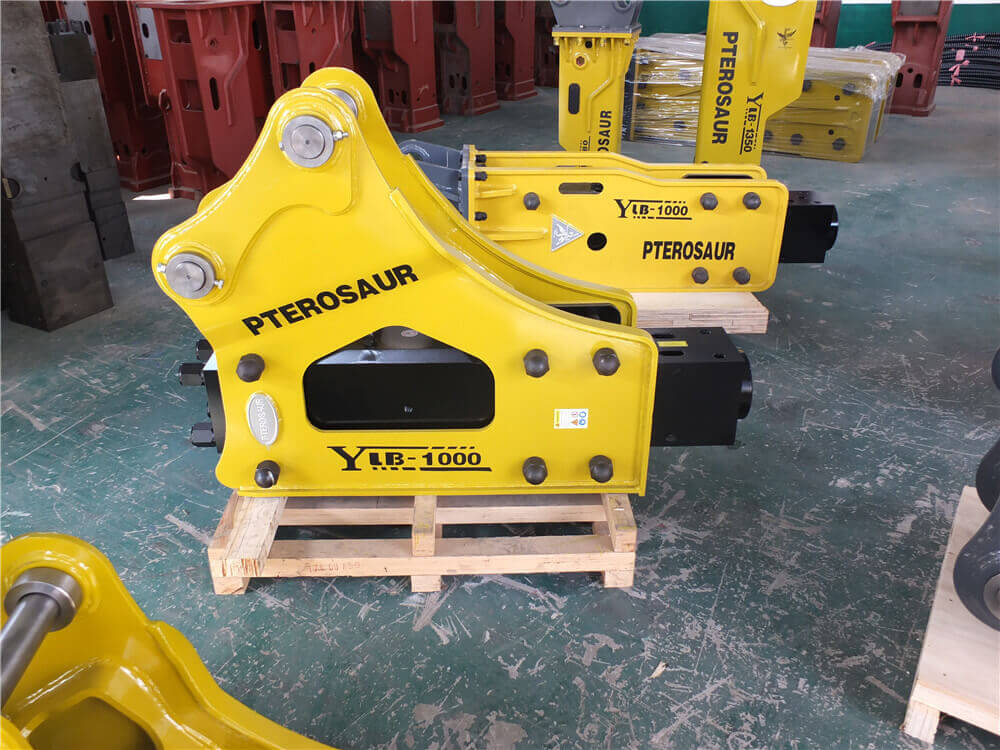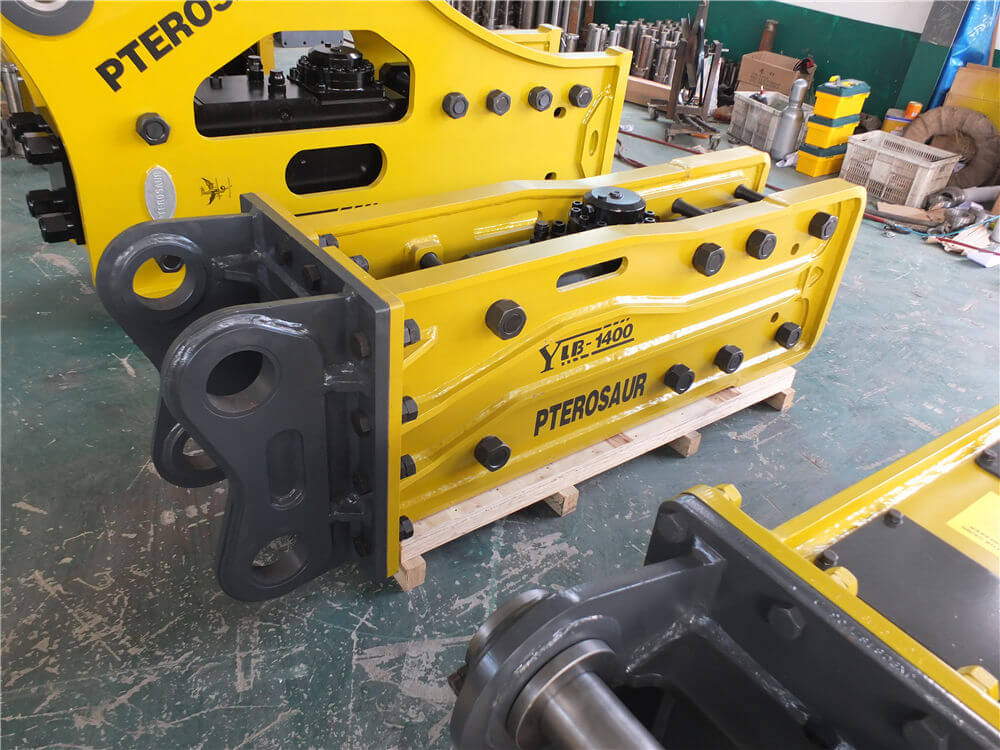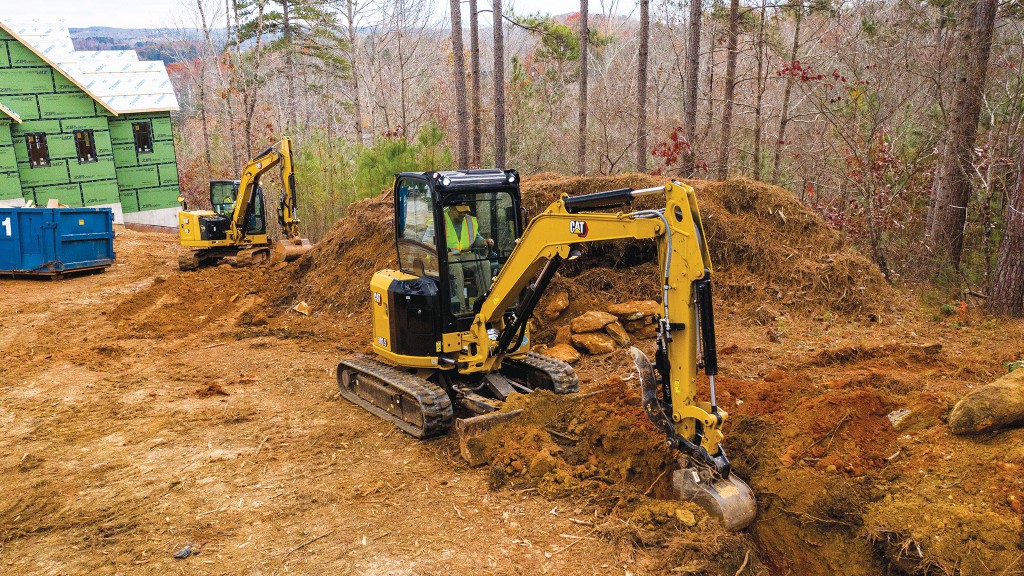Understanding Hydraulic Breakers: Efficiency and Versatility in Construction
Hydraulic breakers, often referred to as hammers, are essential tools in the construction and demolition industries. These powerful devices are designed to break concrete and rock with remarkable efficiency and are compatible with a variety of machinery, including excavators and skid steers. This article explores the working principles, types, and advantages of hydraulic breakers, highlighting their importance in modern construction practices.
What is a Hydraulic Breaker?
A hydraulic breaker is a type of demolition hammer that utilizes hydraulic power to deliver impactful blows to hard surfaces. It is commonly used for breaking up concrete, rock, and other hard materials during construction, renovation, and demolition projects. The breaker is typically attached to an excavator or a similar machine, allowing it to leverage the machine’s hydraulic system for maximum performance.
Working Principle of Hydraulic Breakers
The operation of hydraulic breakers is based on a simple yet effective hydraulic principle. When the hydraulic fluid is pumped into the breaker, it pressurizes a piston inside the breaker. This piston then strikes a chisel or a moil point, converting the hydraulic energy into kinetic energy. The result is a high-impact force that effectively breaks apart hard materials.
Types of Hydraulic Breakers
Hydraulic breakers come in various designs and sizes, making them suitable for different applications. Here are some common types:
-
Top-Type Breakers: These are characterized by their vertical design and are known for their efficiency in breaking through tough materials.
-
Side-Type Breakers: These breakers are designed for use in confined spaces, offering versatility and adaptability in various construction scenarios.
-
Box-Type Breakers: This design is typically used for heavy-duty applications and provides significant impact force.
-
Integrated-Type Breakers: These are compact units that combine the breaker and its mounting system, making them easier to use in tight spaces.
Advantages of Hydraulic Breakers
Hydraulic breakers offer numerous benefits that make them a popular choice in the industry:
-
Efficiency: With their ability to deliver powerful blows, hydraulic breakers can complete tasks quickly, reducing downtime on projects.
-
Durability: Built to withstand the rigors of heavy use, hydraulic breakers are designed for longevity, ensuring reliability on the job.
-
Low Environmental Impact: Many modern hydraulic breakers are designed to operate with minimal noise and vibration, making them more environmentally friendly compared to traditional demolition methods.
-
Versatility: With a wide range of models available, hydraulic breakers can be used across various applications and industries, from small residential projects to large-scale commercial demolitions.
Leading Brands and Models
Several manufacturers specialize in hydraulic breakers, each offering unique models tailored to different needs. For example, Epiroc and DandA Heavy Industries provide a range of models suitable for excavators of varying sizes. ITR offers innovative designs, such as the ITR MonoBlack and NitroWhite breakers, which ensure optimal performance and impact force. Other notable brands include Kubota, BRK Construction Equipment, and JAB Co., Ltd, each contributing to the diverse market of hydraulic breakers.
Conclusion
Hydraulic breakers are indispensable tools in the construction industry, providing unmatched efficiency and versatility. With various models and types available, these powerful machines cater to a wide range of applications, making them a key component in modern demolition and construction practices. As technology advances, hydraulic breakers continue to evolve, offering even greater performance and environmental benefits, ensuring their place in future construction projects. Whether you are a contractor or a DIY enthusiast, understanding hydraulic breakers and their capabilities can significantly impact your project outcomes.




































